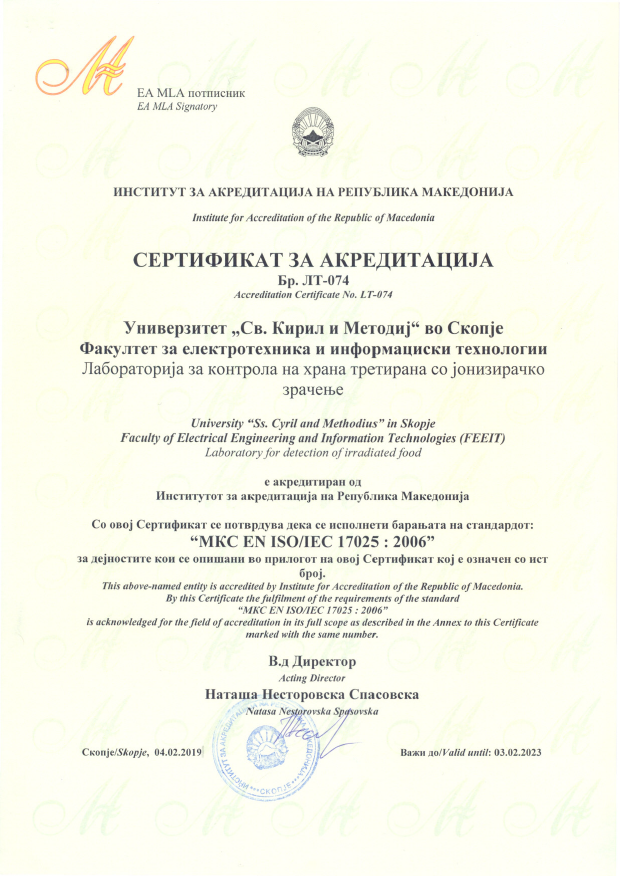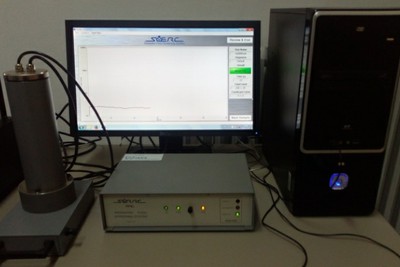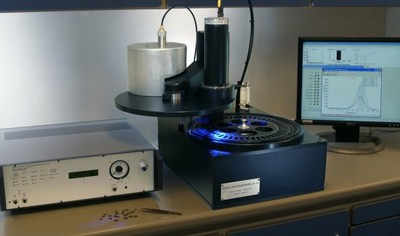Accredited laboratory for detection of irradiated food
Laboratory for detection of irradiated food was accredited in February 2019 by Institute for Accreditation of the Republic of Macedonia, according to standard МКС EN ISO/IEC 17025 : 2006.

Equipment in Laboratory for detection of irradiated food, as well as training of personnel, is donated by International Atomic Energy Agency in the frame of the project “Assessing and Enabling the Implementation of Food Irradiation Technologies”.
Laboratory for detection of irradiated food employs a team of 4 professors – Doctors of Science, 1 assistant – Master of Science and 1 technical associate – Master of Science.
The need for establishing a laboratory for detection of irradiated food in Republic of Macedonia arose in accordance with:
- Articles 57 and 132 of the Law of food safety (Official Gazette of Republic of Macedonia, No. 123/2014 and No. 39/2016)
- Regulation for specific safety requirements of the food treated with ionizing radiation (Official Gazette of Republic of Macedonia, No. 63/2014)
Techniques for detection of irradiated food
Laboratory for detection of irradiated food has the appropriate equipment that uses two detection methods:
Optically stimulated luminescence or photostimulated luminescence is a technique equipped with a mobile instrument that allows control of samples with a screening and a calibrated method. This simple and fast technique may be used for on-site or laboratory testing of a wide range of food containing minerals.

Thermoluminescence is a technique for detection of irradiated food that is used for confirmation of the results obtained by the screening method. The system allows simultaneous measurements of up to 48 samples that may be treated with a radioactive beta source 90Sr/90Y.

Analysis
Analysis of irradiated food can be done directly at border crossings when importing products, in supermarkets, as well as during the production process; or samples can be tested in the laboratory.
Laboratory for detection of irradiated food, by request from interested parties, may examine food samples to verify that:
- they are not irradiated,
- they are irradiated in accordance with Regulation for specific safety requirements of the food treated with ionizing radiation.
1. Detection of irradiated food – qualitative analysis/screening for control in the laboratory or on-site
Technique: Optically stimulated luminescence
Standard: МКС EN 13751:2011 - Foodstuffs - Detection of irradiated food using photostimulated luminescence http://www.isrm.gov.mk/mk/standard/?natstandard_document_id=22429
Quantity of material needed for analysis: 100 grams
Sampling technique: Whenever possible, the sample is taken form a light-protected position in the food consignment. Before analysis, samples should be protected against light exposure and be stored in the dark.
2. Detection of irradiated food – control in the laboratory and validation of screening method
Technique: Thermoluminescence
Standard: МКС EN 1788:2011 - Foodstuffs - Thermoluminescence detection of irradiated food from which silicate minerals can be isolated http://www.isrm.gov.mk/mk/standard/?natstandard_document_id=30914
Quantity of material needed for analysis: 400 grams
Sampling technique: Whenever possible, the sample should be taken form a light-protected position in the food consignment. Before analysis, samples should be protected against light exposure and be stored in the dark. Avoid exposure of samples to temperatures in excess of 100 °C.





